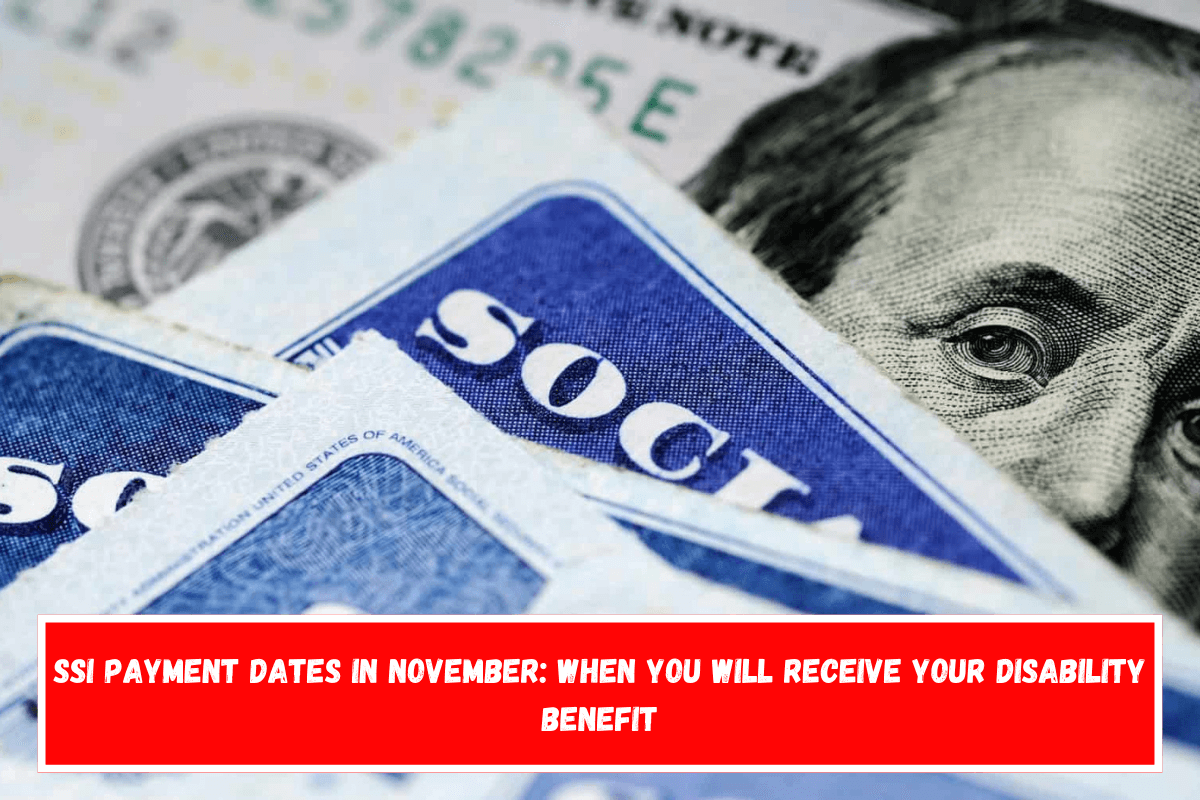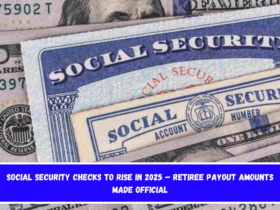For people who get Social Security Disability Insurance (SSDI) benefits, their November payment dates are coming up, so they need to know exactly when their deposits will happen in order to pay their bills each month. The Social Security Administration (SSA) has set up a staggered payment plan based on the birthdays of beneficiaries. This makes sure that the money is distributed in a smooth and organized way.
This guide gives you a clear picture of when your benefits will be sent to you, so you can plan ahead and avoid budget gaps that come up out of the blue. Here is the schedule and what you need to do if your payment doesn’t go through as planned.
When SSI payments will be made in November
For November 2024, SSDI payments will be distributed on three separate dates, each aligned with beneficiaries’ birthdates:
- November 13: Payments for those born between the 1st and the 10th
- November 20: Payments for those born between the 11th and the 20th
- November 27: Payments for those born between the 21st and the 31st
If your birthday is during one of these times, check your bank account on the date that the deposit is supposed to go through to make sure it happened.
The SSA transfers benefits on the third of every month for people who get both SSDI and Supplemental Security Income (SSI) or who have been getting SSDI since before May 1997, even if their benefits are usually spread out over the course of the month. SSI payments, on the other hand, are generally deposited on the first of every month.
What to do if your payment doesn’t arrive on time
People who get SSDI deposits usually get them on time, but sometimes there are problems and they may be late. The SSA says you should wait three working days before doing anything if your payment doesn’t show up.
Before you try to fix the problem, it’s a good idea to check with your bank to see if their end is broken. After getting confirmation from your bank that everything is okay, you should call your local Social Security office to look into the problem and fix it.
This “wait and verify” method keeps things clear in case there are small problems with the banking system and makes sure that any issues with your deposit are taken care of quickly.

How SSDI payments work and who qualifies
About 7.8 million Americans get financial help from SSDI. This is important income support for people who can’t work because of a condition. Disability insurance (SSDI) is based on a person’s work history. People who have paid into Social Security and meet the SSA’s disability standards can get these monthly payments.
The amount each recipient gets depends on how much money they made before they got the help. Because every case is different, beneficiaries need to keep track of their exact payment dates in order to make good budgeting decisions.
Importance of staying updated on payment dates
SSDI is a very important source of income for people who can’t work because of a condition. This makes it even more important for recipients to know when they will be getting their money. If you know exactly when your payment is due, you can confidently plan your monthly spending and avoid any unpleasant financial surprises.
How to stay informed about changes in the payment schedule
Even though the SSA usually doesn’t changes payment dates, it’s still a good idea to keep an eye out for any changes or comments they might make, especially around holidays when payment dates may change to avoid delays. The official SSA website and emails sent directly to recipients are good ways to find out about changes that could affect how payments are sent.
To sum up, knowing when your SSDI payments are due is important to make sure you get your benefits without any problems. Making sure you remember your dates is a simple thing that can help you avoid problems and get the help you need right away.











Leave a Reply